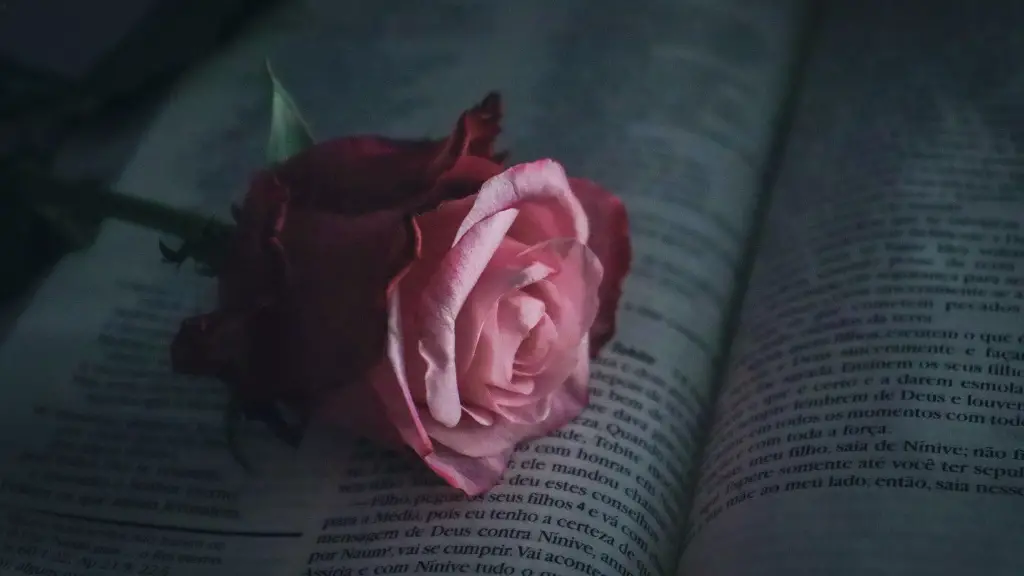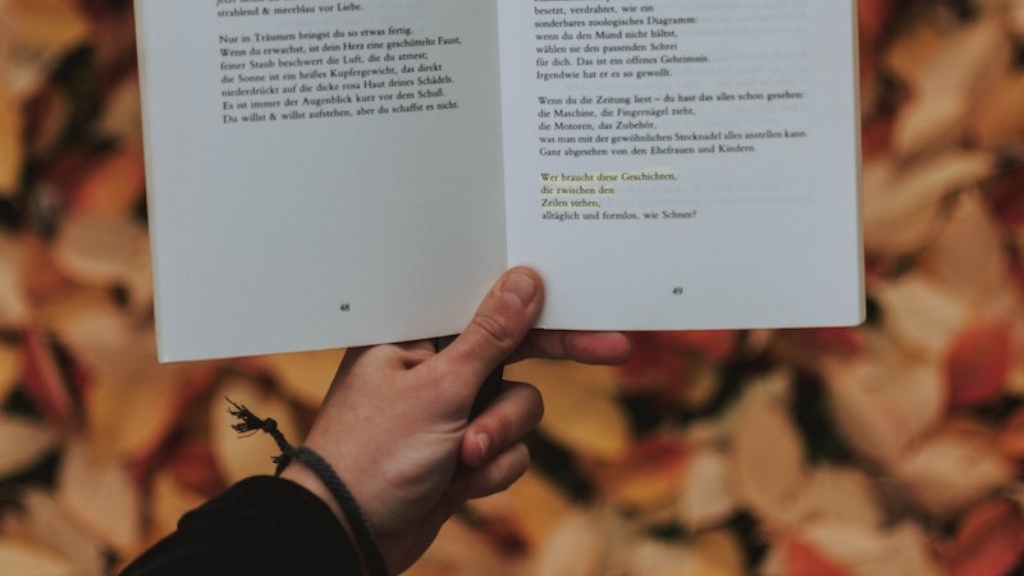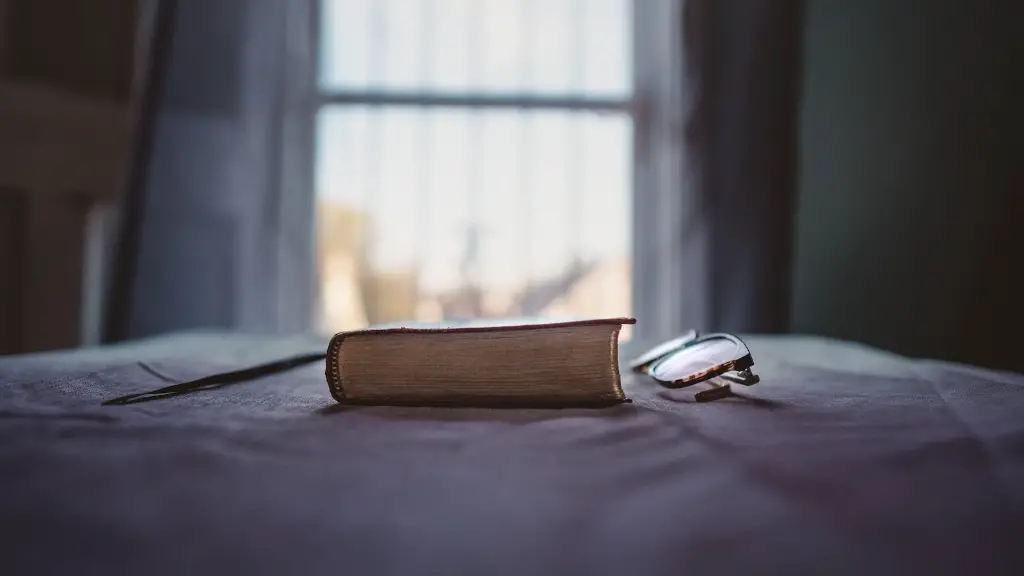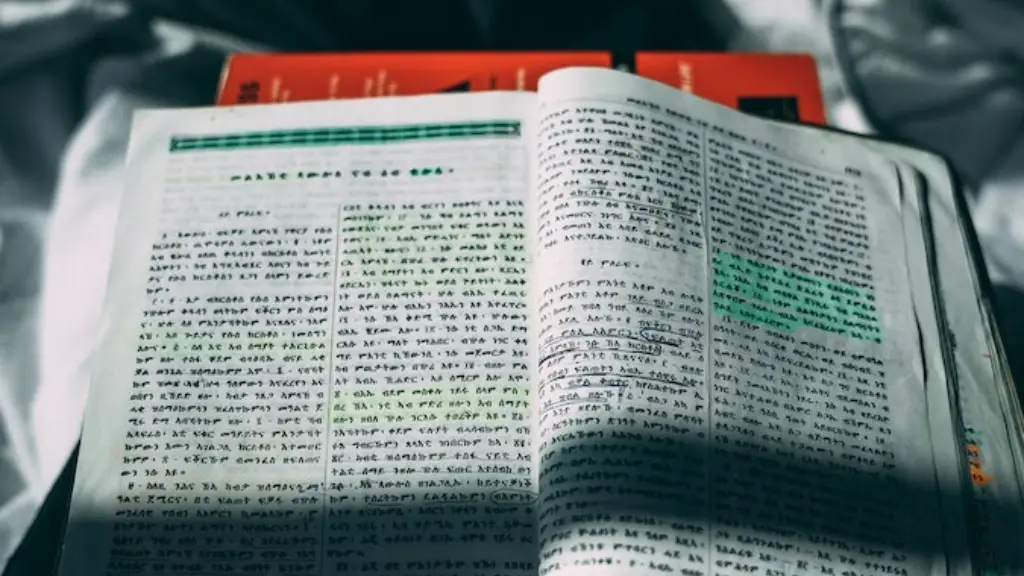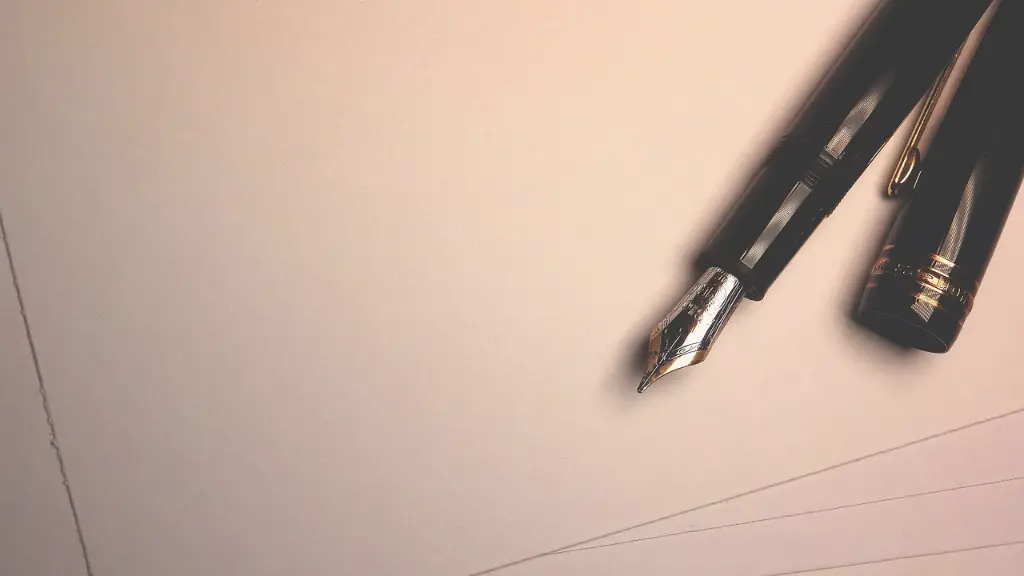The Power of Imagery in Poetry
Imagery is an essential component in poetry and can leave powerful impressions with the reader. Imagery engulfs the reader in a poem, creating curiosity and leading to further discoveries. A poem is created when imagery and description come together to create a powerful story about something that may or may not be tangible. Authors of a poem are able to use their words to create a vivid mental picture of the way they see, feel, smell or even taste the atmosphere of the poem. Imagery, whether tangible or intangible, has a way of evoking emotion that can be ever-lasting, almost haunting. It is like being immersed in the moment, living the experience in the present, waving goodbye to the past and being in anticipation of the future.
Through imagery, the poem is able to conjure emotions which can leave a lasting impression in the minds of readers. Imagery can stimulate the imagination and fill in the gaps with details that words alone could not do. It can evoke strong emotions such as happiness, sorrow, fear, hope and anger. It can bring out the vividness of the developing story by giving the reader a peek into the poem’s existence. Imagery can paint pictures, even of things that can not be seen. It allows the readers to feel as though they are part of the poem’s journey, a place that does not exist outside of these words.
A strong poem is not only about imagery, but about the use of language and diction in order to create the greatest effect. A poet must use of careful choice of words to convey the intended message, which is why diction is so important. Diction allows the poet to express their inner selves in ways that words alone cannot. By choosing the best words to bring out the strongest impact, the poem can become a powerful tool to evoke thoughts and feelings in the reader. It also serves to add depth to a poem’s story, making it more meaningful and captivating.
Rhythm and sound are also main factors when it comes to powerful poetry. A well-structured poem allows the readers to explore its contents without being distracted. In other words, the poem should flow in a way that allows the readers to experience it without interruption. The right kind of rhythm, using the right combination of words and phrases, also allows the readers to become completely immersed in the poem. Sound, along with the use of metering and rhyming, plays an important role in the power of poetry – it adds to the impact and strength of the words. It is like a wave that carries the poem to its readers, which then can carry them to the world of the poem.
Finally, it is important for a poet to understand how to captivate the reader. A poet must be able to craft a story that has the power to move the readers, inspiring them in ways that a book or article may not be able to do. It is all about connecting with the readers and making sure that their emotions and experiences are relayed through powerful and passionate words. The language should be chosen carefully, being careful to craft the story that the poet wishes to tell. The form, structure and rhythm of the poem should be crafted in an interesting manner, allowing the readers to be fascinated and intrigued.
The Emotional Impact of Poetry
Poetry has the power to evoke strong emotions in readers, which is why so many people find it to be such an enjoyable and moving form of literature. Each poem has the ability to make readers feel something new, bringing about powerful feelings that can stay with them long after they have finished reading the poem. Most of the times, it is the emotions that the poem evokes that make it so powerful, so this is something that every poet should strive to achieve.
The emotions in a poem can be conveyed through its use of language, imagery and sound. For instance, the poet may choose to use metaphors and similes to express the emotions being felt. The choice of words and phrases can also be used to help express the emotions, creating a vivid picture in the readers’ minds. Rhyme and cadence can also help to express emotions, allowing the reader to feel their power.
The most powerful poems are those that connect with the readers on an emotional level. Through words, imagery, sound and other elements, a poet can craft a poem that leaves every reader feeling something different. Poetry also has the power to move readers, stirring up powerful emotions and feelings within them. It can also invoke strong feelings of nostalgia, helping readers to look back at their past experiences in a new way.
One of the best ways to connect with readers is through the use of creative metaphors. Metaphors can be used to communicate abstract ideas, which can allow the readers to relate to the poem in ways that literal language cannot. Metaphors can also be used to create vivid pictures, helping the reader to feel as if they are part of the poem’s world.
Finally, the power of poetry lies in its ability to leave readers with something that they can take away with them. A powerful poem will remain in the reader’s mind long after they have read it, allowing them to reflect on the emotions that it has evoked. It allows them to think more deeply about the events of their lives, the pain that they may have felt, and the joy that they may have experienced. It is truly a powerful form of literature that can touch the lives of its readers in profound ways.
Traditional Role of Poetry
Poetry has been used as an art form for centuries, with traditional forms such as sonnets, epics, and haikus used to convey meaningful messages. This traditional role of poetry has been used to provide comfort and understanding, and to provide insight into feelings and experiences.
In ancient times, poetry was a way to express feelings and emotions that were not allowed in traditional society. It was a way for people to provide commentary, often in a symbolic manner, on the events of their time. It was also used as a form of entertainment, with celebrated poets writing poems that were meant to be enjoyed and appreciated by others.
Today, poetry is still a form of expression, but it is also more widely used as a way to share thoughts, feelings and emotions. Poetry can be used to explore social issues, to express the joys and sorrows of life, and to tell stories that have the power to move readers.
Traditional poetry forms have also been adapted to fit modern times. This has allowed poets to adapt traditional forms to bring about a more powerful emotional impact. Rhyme, rhythm, meter and syllable count were traditionally used in poetry to give it structure and to make it easier to understand. Today, poets are still using these traditional forms, but they are often adapting them to provide a more modern and powerful emotional response.
Finally, poetry is still a powerful way to connect with readers. It can inspire, challenge and entertain readers in ways that other forms of literature cannot. By conveying powerful emotions, feelings and thoughts, it can cause readers to think deeper and to reflect on their own experiences in ways they may not have otherwise done.
The Future of Poetry
The future of poetry looks promising, with a greater focus being placed on its emotional impact and the powerful messages that it conveys. As society continues to evolve and grow, more poets will emerge, using their art to express their thoughts and feelings in ways that have never been seen before.
The digital age has changed the landscape of poetry, with more and more people using online platforms to express themselves and their ideas. Social media and other online platforms have given poets a greater ability to reach a wider audience, allowing their words to reach an even larger group of people.
Poetry is also expanding in its use, with more poets using it to explore social issues and to bring about greater understanding and inclusion. The use of poetry to express strong emotions and to bring about positive change is also becoming more commonplace.
Finally, the use of technology is helping to bring poetry to a wider audience. With the use of algorithms and artificial intelligence, poets can create unique and powerful pieces of art and literature in ways that were never before possible. This technology is also being used to create works of art that are more accessible to readers, allowing them to experience the power of poetry in ways that were never before possible.
Conclusion
Poetry is a powerful form of literature and art that has been used for centuries to express emotions, feelings and thoughts. Its traditional role of offering insight and understanding continues today, with poets using it to explore social issues, bring about greater inclusion and understanding, and to create powerful works of art. With the use of technology, more people are exposed to poetry in ways that they never before were, allowing them to experience the power of poetry in ways that they could never have imagined.
